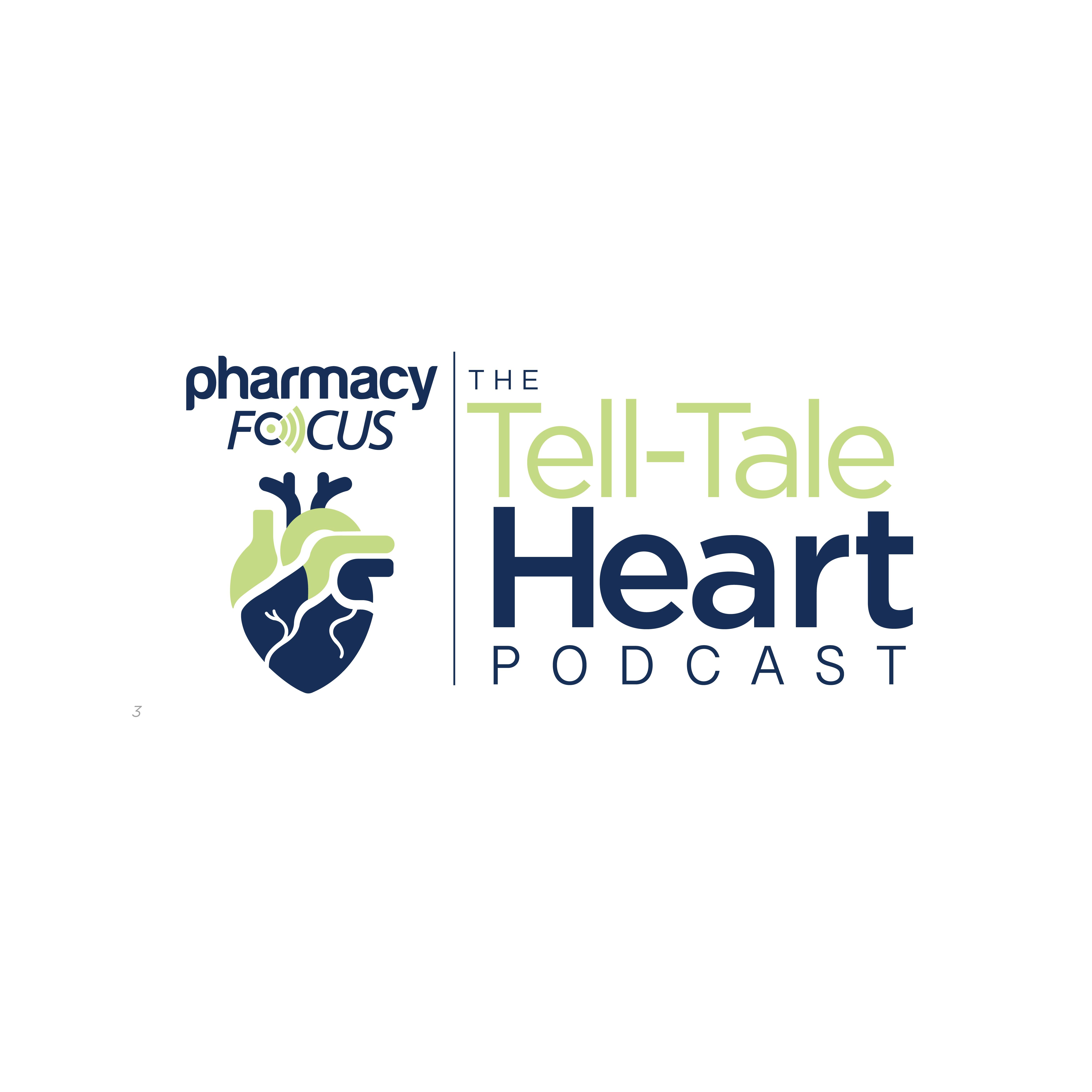News
Article
First-Line Enfortumab Vedotin, Pembrolizumab Superior to Chemotherapy in Patients With Urothelial Carcinoma
Author(s):
Key Takeaways
- Enfortumab vedotin plus pembrolizumab significantly improved progression-free and overall survival compared to chemotherapy in untreated la/mUC patients.
- The combination therapy showed a higher objective response rate and prolonged duration of response than chemotherapy.
The combination of the antibody-drug conjugate and PD-1/L1 inhibitor yielded an improved progression-free survival in locally advanced or metastatic urothelial carcinoma.
First-line enfortumab vedotin (Padcev; Pfizer Inc, Astellas Pharma Inc) in combination with pembrolizumab (Keytruda; Merck Sharp & Dohme LLC, a subsidiary of Merck & Co) had superior progression-free survival (PFS) and overall survival (OS) to chemotherapy in the treatment of patients with previously untreated locally advanced or metastatic urothelial carcinoma (la/mUC), according to study results from the KEYNOTE-A39 trial (NCT04223856). The data were presented at the 2025 ASCO Genitourinary Cancers Symposium in San Francisco.1
3D image of bladder cancer cells in the body | Image Credit: © Best - stock.adobe.com

Bladder cancer is the most common urinary malignancy, of which over 90% are considered urothelial carcinomas (UC). Although most UCs are superficial, approximately 25% are muscle-invasive, and 11% are locally advanced or metastatic at diagnosis. Patients with la/mUC have significantly poorer prognoses, and the average 5-year survival rate in the US is 4.6%. Chemotherapy has been the standard of care for la/mUC; however, most patients are not fit for this therapy. Over the past decade, immunotherapies have emerged as a promising option for this patient population, and clinical trial data has led to the approval of agents such as the PD-1/L1-targeting drug pembrolizumab.2
Continuing trials are exploring the use of combination immunotherapies to offer patients with la/mUC advanced therapeutic options that improve their survival outcomes. In the KEYNOTE-A39 trial, the addition of enfortumab vedotin, an antibody-drug conjugate (ADC), to pembrolizumab yielded superior treatment outcomes to chemotherapy in patients with previously untreated la/mUC.3
The trial involved 886 patients who were randomized 1:1 to receive either intravenous enfortumab vedotin at a dosage of 1.25 mg per kg on days 1 and 8 plus intravenous pembrolizumab at 200 mg on day 1 (n = 442), or gemcitabine (Gemzar; Eli Lilly and Company) with cisplatin (Platinol; Bristol-Myers Squibb) or carboplatin (Paraplatin; Bristol-Myers Squibb) every 3 weeks (n = 444).3
The primary end points of the trial were PFS by blinded independent central review (BICR) and OS, with secondary end points of confirmed objective response rate (cORR), duration of response (DOR), and safety. An exploratory analysis evaluated treatment outcomes and safety in patients with a confirmed complete response (cCR).3
The enfortumab vedotin plus pembrolizumab group showed superior improvements in PFS by BICR (HR, 0.48 [95% CI, 0.41-0.57]) and OS (HR, 0.51 [95% CI, 0.43-0.61]) compared with the chemotherapy arm. Regardless of cisplatin eligibility or the existence of liver metastases, an OS advantage was observed.3
Enfortumab vedotin plus pembrolizumab had a cORR of 67.5%, whereas chemo had a cORR of 44.2% in the response-evaluable set. The median DOR was 7.0 months (95% CI, 6.2-9.0) for chemotherapy and 23.3 months (95% CI, 17.8-not estimable [NE]) for enfortumab vedotin plus pembrolizumab. CCR was attained by 14.5% of patients in the chemotherapy arm and 30.4% of patients in the enfortumab vedotin arm. For enfortumab vedotin, the median duration of cCR was not obtained, and for chemotherapy, it was 15.2 months (95% CI, 10.3-NE).3
In the safety analysis set, grade 3 or higher treatment-related adverse events (TRAEs) occurred in 57.3% and 69.5% of patients in the enfortumab vedotin arm and chemotherapy arms, respectively. In the cCR subgroup, 61.7% and. 71.9% of patients experienced grade 3 TRAEs. TRAE deaths happened in 1.1% and 0.9% of patients in the enfortumab vedotin plus pembrolizumab and chemotherapy arms, respectively, in the safety analysis set. None happened in the cCR subgroup.3
The findings highlight the potential of enfortumab vedotin plus pembrolizumab as a superior first-line treatment option for patients with la/mUC. The combination therapy not only demonstrated significant improvements in progression-free and overall survival compared to chemotherapy but also showed a higher objective response rate and prolonged duration of response. Importantly, the safety profile was manageable, with fewer grade 3 or higher TRAEs.
These results reinforce the growing role of ADCs and immune checkpoint inhibitors in reshaping the treatment landscape for urothelial carcinoma. As ongoing research continues to refine therapeutic strategies, enfortumab vedotin plus pembrolizumab may emerge as a new standard of care, offering patients a more effective and tolerable alternative to traditional chemotherapy.






